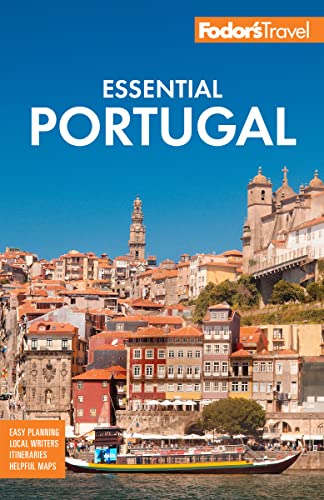Not so long ago you could mingle on the beach with black-stocking-capped fishermen and even help as the oxen hauled boats in from the crashing surf. But Nazaré is no longer a village and has long ceased to be quaint. The boats now motor comfortably into a safe, modern harbor, and the oxen have been put to pasture. The beachfront boulevard is lined with restaurants, bars, and souvenir shops, and in summer the broad, sandy beach is covered with a multicolor quilt of tents and awnings.
You can still catch an interesting piece of culture that has survived: the many sete saias Nazarenas or "seven skirts Nazarean women," who can be seen all around the town, dressed in colorful mismatching attire and, of course, wearing seven skirts. These women also sell crafts and souvenirs as well as dried, salted little fish (a local tradition) that they dry on wire racks along the boardwalk. They also have shops selling their particular style of clothing if you're adventurous enough to try them. It's said that the seven skirts represent, in religious terms, the seven virtues, the seven days of the week, the seven colors of the rainbow, the seven waves of the sea, and other biblical and magical attributes.
Nazaré is famed for the giant waves that form in winter thanks to an underground canyon just north of the town, which attracts the most daredevil of surfers. The best place to view the waves—and any surfers up to the challenge—is from the cliff-top fortress of Forte de São Miguel Arcanjo.




